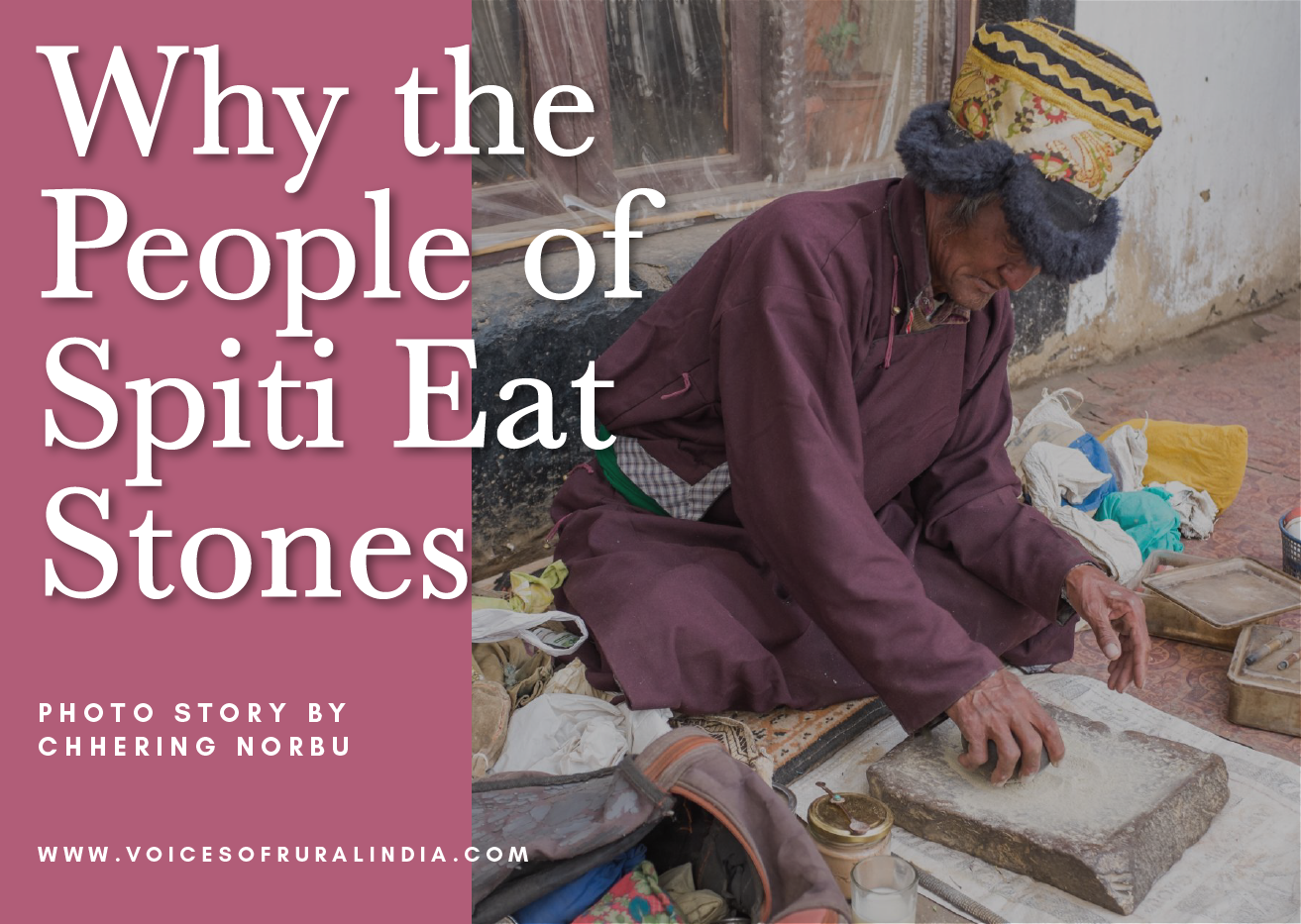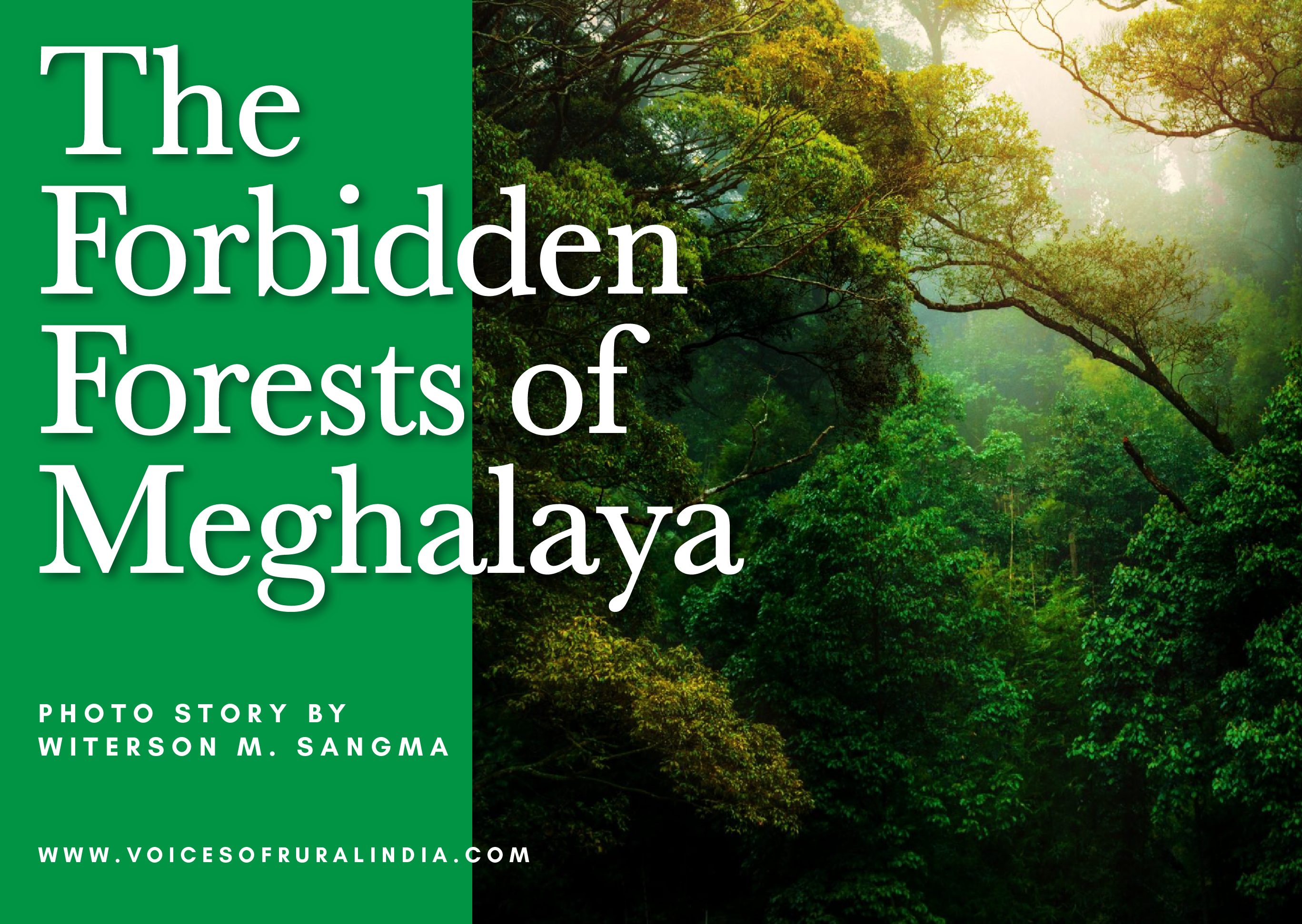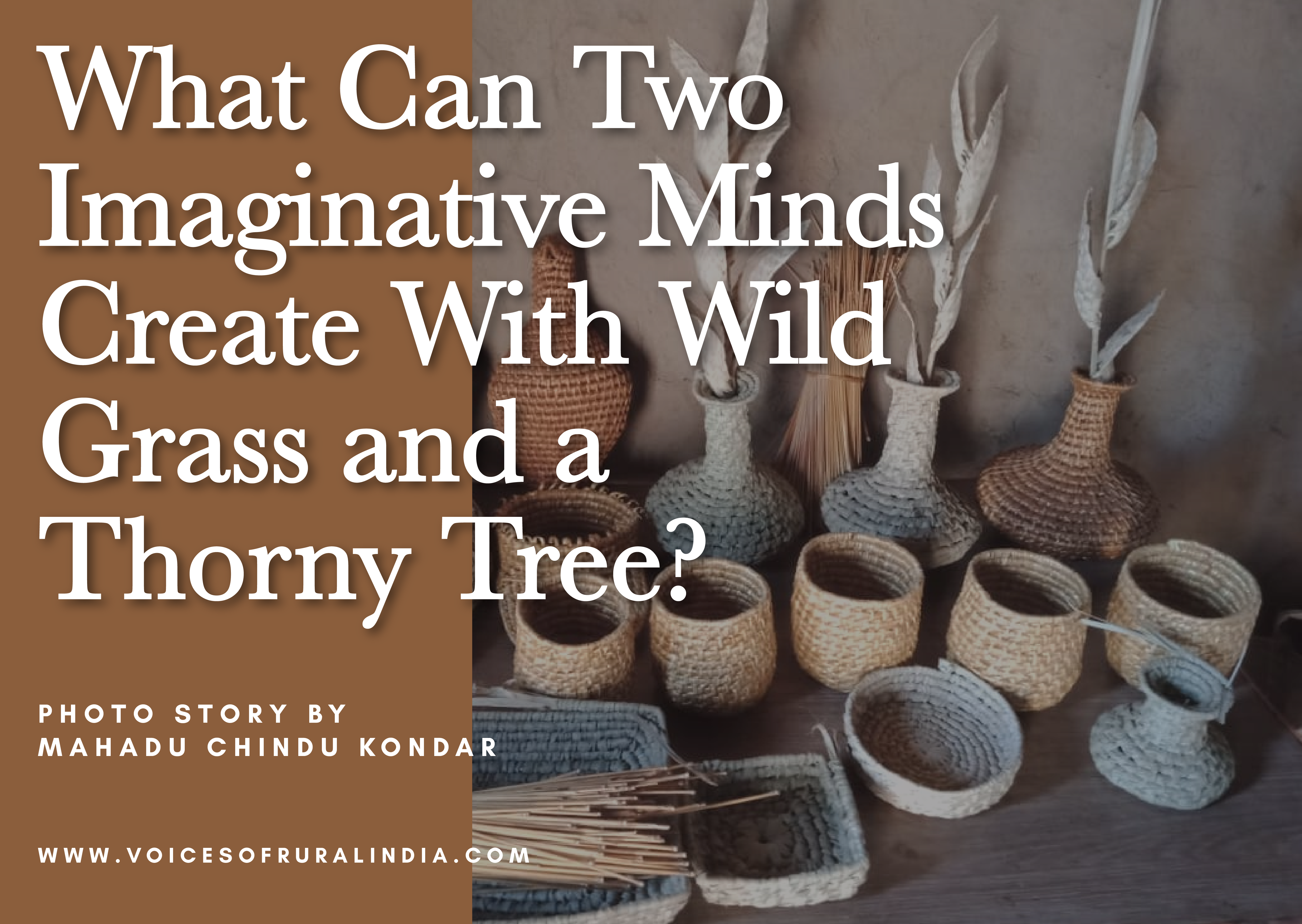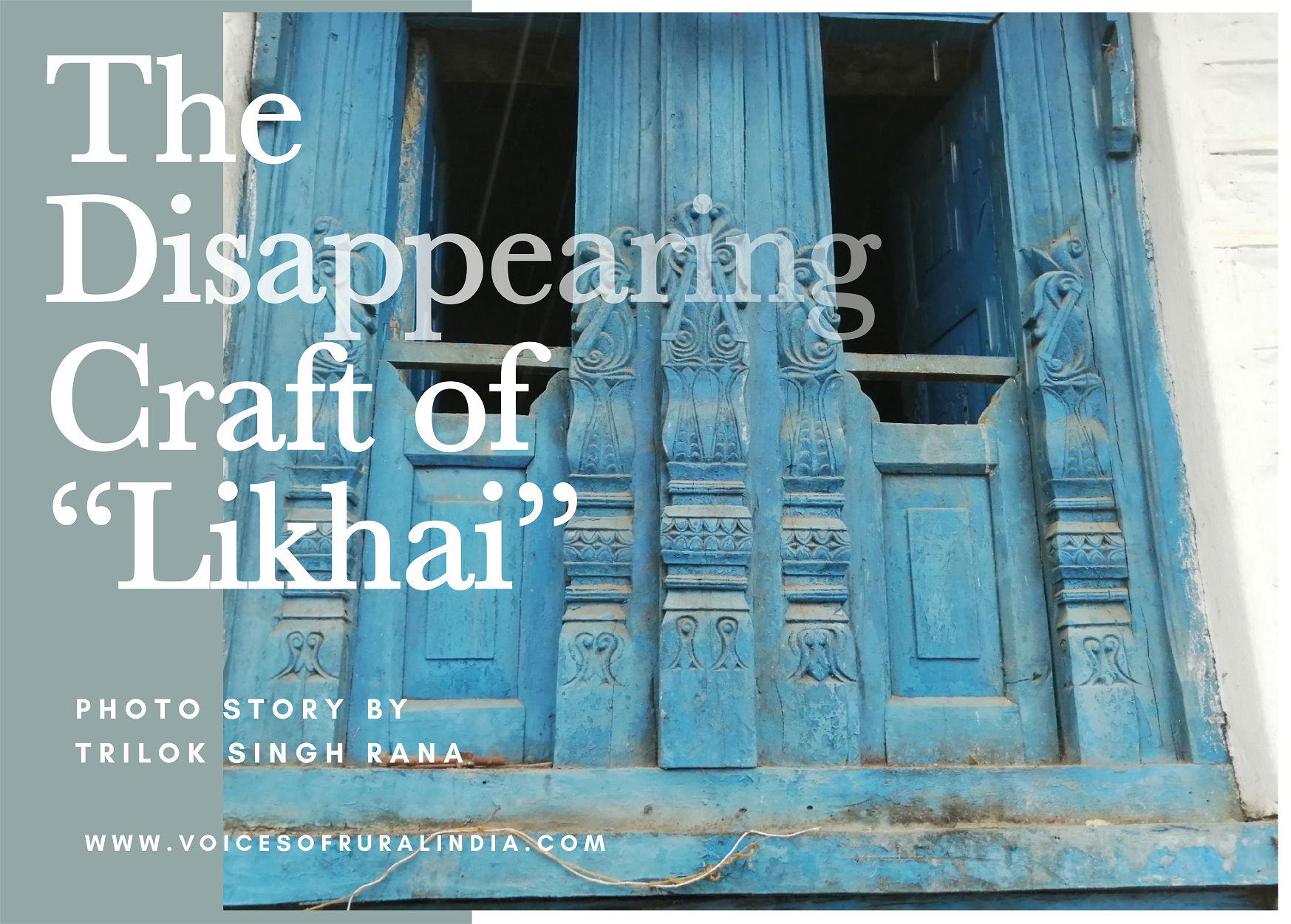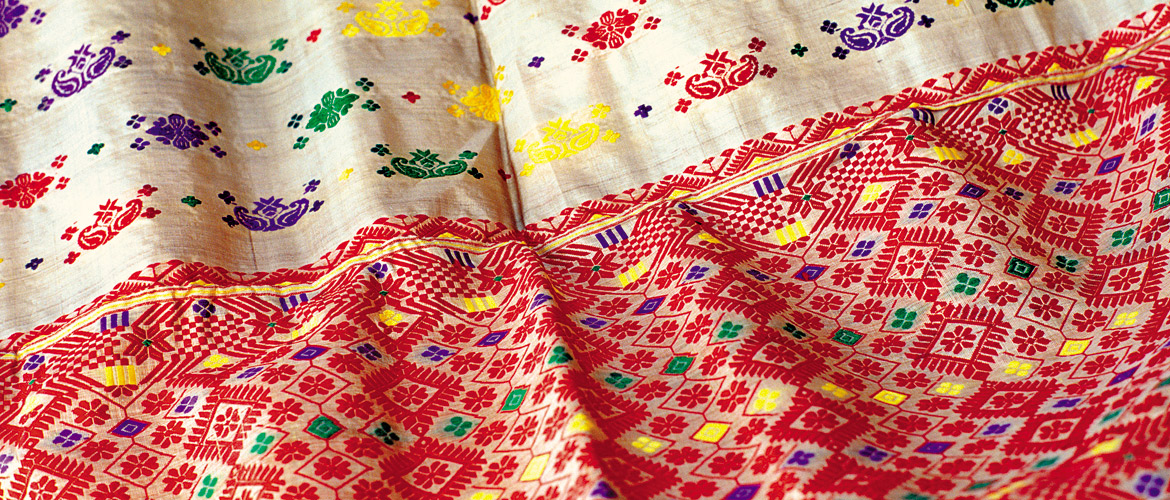
Fall in love with the exquisite mekhala chadars of Sualkuchi weavers & village's
As we speed our way from Guwahati towards Sualkuchi, vivid images of colourful silk mekhela chadars flood my mind. This is my second visit to Sualkuchi. My first visit here was for the sole purpose of buying mekhela sets for my sister’s wedding. It is customary for an Assamese bride to wear a traditional set in paat silk during her wedding.
Sualkuchi is endearingly referred to as the Manchester of the East. Situated on the northern banks of the Brahmaputra, it is famous for its centuries-old heritage of weaving. Here, I can see golden fields of ripe paddy on both sides of the road, cattle grazing leisurely among the small hillocks and plains, and several naamghars (community prayer halls) with exquisitely designed entrances.

When I reach Sualkuchi, I can hear the rhythmic click-clack of the traditional throw-shuttle loom. Here, weaving is not just a tradition handed down by generations, but a way of life and a labour of love. The majority of the families have hand operated looms, which they call taatxaal. “I’ve been weaving for more than 25 years now; I still love the craft,” says Binita Roy, a weaver working here. As I ask Binita about the different designs used in the silk garments, I’m amazed at the sheer beauty of the motifs. A popular design used in mekhela chadars is the kinkhaap. It is believed that this design has been used since the days of the Ahom kings and consists of two front-facing lions. Other popular designs include those inspired by Assamese jewellery like the gaamkharu (a wrist band) or joonbiri (a half moon-shaped pendant) and the kaziranga design inspired by the wildlife at Kaziranga National Park. These days, coloured silk threads are bought from South India as it is not commercially viable to dye the silks before weaving here.

Assam’s flora and fauna often sneak into its mekhela chadars. Creepers are woven into borders, peacocks prance about the chadars, and delicate, geometric flowers dot the bodies of the mekhelas. Occasionally, pots and lions too make an appearance. The more I learn about the tedious procedure of weaving, the more my respect for the craft grows.
There are mekhela chadars in different colours: red, blue, green, purple and blue as well as white, beige, black and grey. The paat silk mekhela chadars have intricate designs made out of golden silk threads or guna all over. In some of them, different coloured threads are also used.
The white paat silk, warm eri, and the golden muga silk threads are made into exquisite chadars, saris, shawls, dress materials, rihas and gamochas. The paat fabric is often described as one that dries in the shade and hides in a fist. The crisp, bright, gold muga silk, exclusive to Assam, is of superior quality and very costly. Mekhela chadars made from muga are gracefully draped by dancers during Rongali Bihu, the national festival of Assam. Muga, the golden silk of Assam, was given the Geographical Indication status in 2007 and the GI logo in 2014.

As I look through the many coloured mekhela chadar sets, I munch on crisp and soft pithas or rice cakes, deliciously overflowing with coconut filling. Ila baideu (sister) is a gracious hostess. Her mekhela chadar sets are just as tempting. I am spoilt for choice. No wonder, the artistic finery of the skilled weavers had compelled Gandhiji to say, “Assamese women weave fairy tales in their clothes.”
I finally decide to buy a bright, violet mekhela chadar set complete with golden motifs all over. I bid farewell to Ila baideu and walk towards the open field where preparations are on for the raas mahotsava. Men, women and children rush about in a festive mood. It is November and the village is buoyant with festivity. Raasleela or raas mahotsava is the celebration of the traditional story of Lord Krishna where he dances with Radha and her friends at Vrindavan.
“Why don’t you stay here till evening? You’ll love the colourful display of lights at the pandal,” Rajen Baishya, a local, says as I point my camera at a statue of Lord Krishna on a black serpent. The blue-skinned god is depicted dancing gracefully while playing his golden flute.

Makeshift bamboo tents in shades of blue and pink are pitched in a large, square field. Colourful statues of the Dashavatara stand with grace and poise in the tents. “Lord Vishnu has ten forms: Matsya, Kurma, Narasimha, Baraha, Vamana, Parashurama, Rama, Krishna, Haliram and Buddha. We have statues of all of them along with scenes from Krishna’s life at Vrindavan and other legends from the Ramayana and the Mahabharata,” Rajen explains when I ask him about the festivities. I can also see statues of Hanuman, Putana, Shiva and Shri Krishna with the gopis.
As I move from one statue to the next, admiring the artistic finery of the craftsmen, the scent of freshly made khurma (a flour-based snack dipped in sugar syrup) and nimki (savoury snack) waft in. I walk up to the temporary stall selling these and buy some khurma. “I live in Sarthebari in Barpeta and come here every year for raasleela,” Milan Das, the sweet seller, says, handing me the packets of freshly made khurma.
“Would you like to visit Hatisatra? It is a famous 400-year-old satra here,” Hemanta-da, my guide for the day, asks me as we move through the narrow lanes of Sualkuchi.
I feel a sense of peace as I enter the satra compound. There are two structures inside. An intricately designed, white, cylindrical building with a dome at the top called a doul. It has colouful statues of Lord Krishna in different poses on the walls. There is a long passage in the main hall; miniature art in shades of green, yellow and blue adorns its walls. But I have to be content with the outer walls and its paintings and then the stone statues in the doorway. I am not allowed inside. I am a woman. This really ticks me off.
Ujjal Mahanta, the baap (equivalent of a priest in a temple) of the satra, informs me that this 400-year-old monastery was established by Kanuram Thakur Aata. “The deul festival, naam prasanga (community prayers) and the birth and death anniversaries of the great saints Shrimanta Shankardeva and Madhavdeva are celebrated here,” he says.
We leave Sualkuchi at dusk. The lines etched in white atop the gate to the weaving village catch my attention: “Dharma aru karma sanskritir milanbhumi/Bastranagari Sualkuchi loi aadoroni” These lines in Assamese, loosely translated, mean “the land of the unity of religion and work culture, welcome to the town of silk garments, Sualkuchi.” Indeed, Sualkuchi is a perfect blend of work culture and faith.
The Information
Getting There
Guwahati is the closest airport to Sualkuchi, which is 32km by road. There are daily flights from New Delhi to Guwahati for about ₹5,000 one-way. Kamakhya (29km) is the closest railway station but Guwahati is far better connected. There are regular trains from New Delhi, Kolkata, Chennai and Mumbai. To get to Sualkuchi, you can take regular public buses that ply regularly from Aadabari in Guwahati to the village. A cab or auto can also be hired from the city to visit Sualkuchi.
Where to Stay
It’s best to stay at Guwahati and do a day-trip to the village. There are plenty of options in the city to suit all budgets. You could try Hotel Dynasty (from ₹5,000 doubles; + 91-361-2516021, 7120055, dynastyhotel.in), Greenwood Resort (from ₹2,999 doubles; +91-9207042326, greenwoodresort.in) or Hotel Nandan (from ₹2,500 doubles; +91-97060- 98845, hotelnandan.com).

What to See & Do
The locals are friendly and usually help travellers. The Vastra Udyaan near the entrance of Sualkuchi houses a museum which showcases the life at Sualkuchi. The process of weaving can be observed in most homes. If you’re visiting in winter, stay for the Raas Mahotsava. You could also visit the Siddheswari Devalaya which is a shiva temple on top of a hillock. There are quite a few outlets where you can pick up some beautiful mekhela chadars or dress materials, like Silkalay (+91-7896867880), on the Sualkuchi Shankar mandir road. Prices of mekhela chadars and saris usually range from ₹5,000 to 30,000. You could also visit the 400-year-old Hatisatra.


